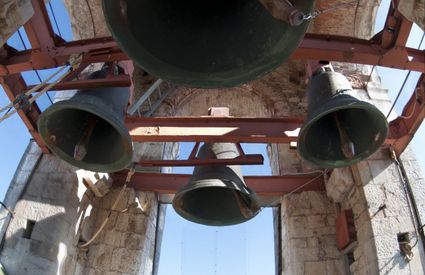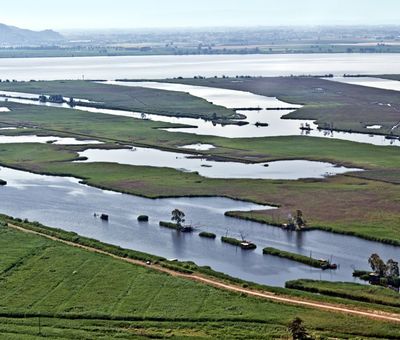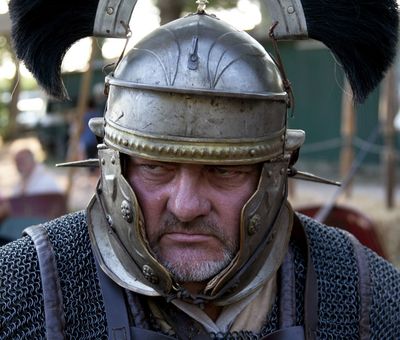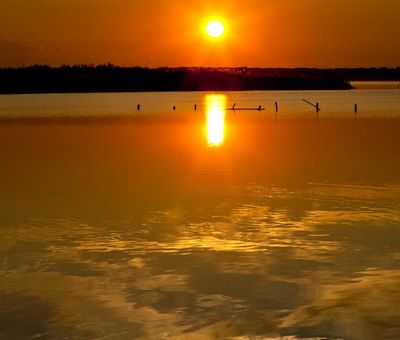Light harmony from hill to sea
Now you’re wondering why. Let’s leave the composer to his thoughts and play a game. The beauty of short stories is that we can travel with our minds, moving across miles, skipping a few lines. It’s what happens when you read. We’re in the hills again, in front of another church, the Pieve di San Lorenzo. Why have I brought you here? Look around and you’ll understand. This hill skirts the lake and the lake skirts the sea: they are touches of a light harmony, a harmony that gifts peace to those discovering the Massarosa area and its myriad hamlets, water and land, nature and history.
Roman Massaciuccoli, the lazy land of the Venulei
The Ancient Romans were familiar with this peace. Keep following me, it’ll be worth it. Let’s walk along this broad trail, a stroll among the Roman relics, the arches of the aristocratic Venulei villa, the mosaics that depict imaginary and fantastic animals. All this splendour reminds us of when Massaciuccoli was one of the most important towns in Versilia, the hub of earth and water transportation joining Pisa, Lucca, Luni and the coastal outlets of the Arno and Magra rivers.
Among grasses, coots and canes
It’s nightfall. The red sun is setting beyond the fresh and salt water. We encounter Maestro Puccini again. He’s walking in front of us beside Lake Massaciuccoli, the largest wetlands in Tuscany, a natural oasis that protects hundreds of bird species.
A tough dilemma: Turandot or tench risotto?
When Puccini stops to contemplate a bird taking flight, our only doubt is whether he is composing a new immortal aria, perhaps the finale of his unfinished “Turandot” or maybe he is simply thinking about the tench risotto that he loved so much, a dish he always considered during his days at Torre del Lago.









